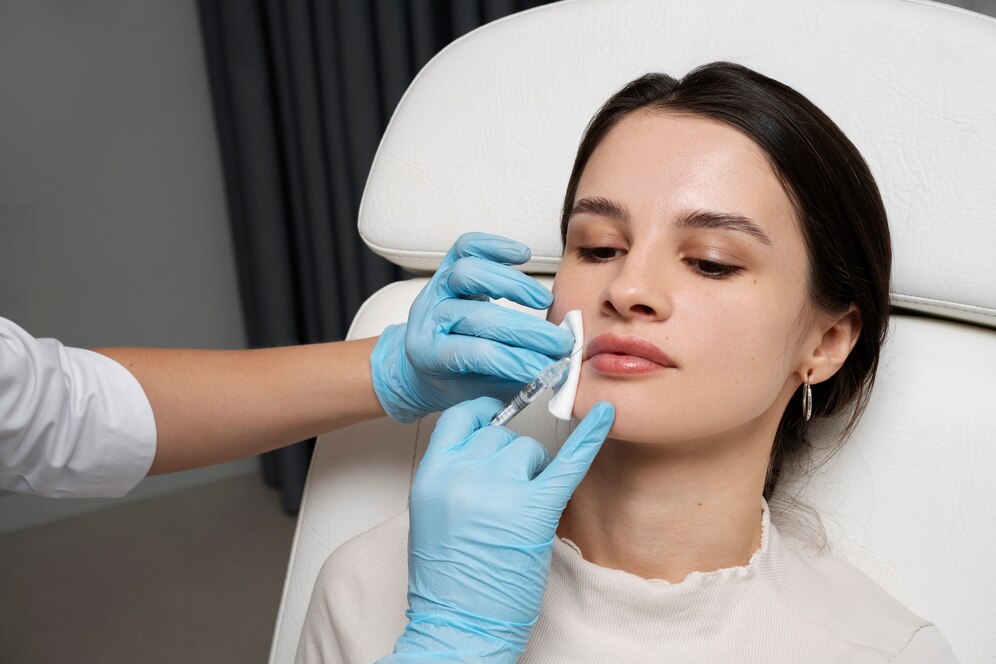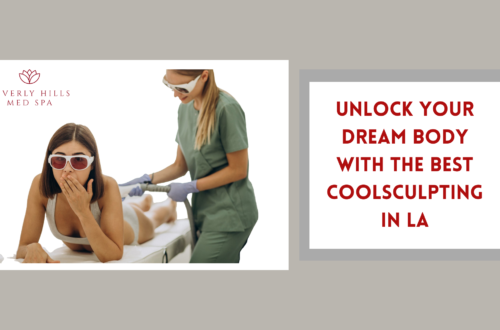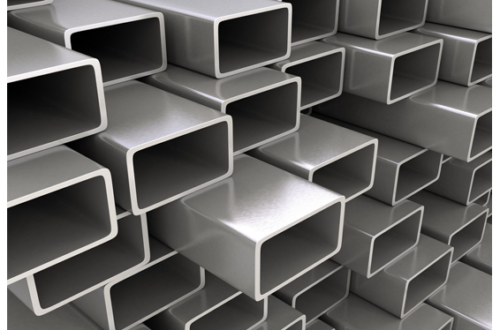1. Introduction
As we age, wrinkles and fine lines naturally develop, especially around areas of the face. This has led to a growing demand for cosmetic treatments aimed at reducing or eliminating these signs of aging. Botox is one of the most well-known and widely used wrinkle treatments, but it’s not the only option available. Other treatments like dermal fillers, chemical peels, laser resurfacing, and microneedling also provide alternatives for individuals looking to improve their skin’s appearance.
This article delves into the key differences between Botox and other wrinkle treatments, helping you make an informed decision on what might work best for you.
2. Understanding Botox
2.1 What is Botox?
Botox, or Botulinum Toxin, is a neurotoxin derived from Clostridium botulinum bacteria. Although it is well-known for its cosmetic use, Botox was initially developed for medical purposes. It is used in small, controlled doses to treat a variety of conditions, such as muscle spasms, excessive sweating (hyperhidrosis), and even migraines.
In the world of aesthetics, Botox is primarily used to temporarily paralyze muscles in the face to reduce the appearance of wrinkles and fine lines, particularly those caused by repetitive muscle movements like frowning or squinting.
2.2 How Does Botox Work?
Botox works by blocking the signals between nerves and muscles. When Botox is injected into specific areas, it prevents the muscle from contracting. Since the muscle is no longer moving, the overlying skin smooths out, reducing the appearance of dynamic wrinkles like crow’s feet, forehead lines, and frown lines (also called “11s”).
Botox typically lasts for 3 to 6 months before the effects begin to wear off, at which point patients can opt for follow-up treatments.
3. Other Popular Wrinkle Treatments
Several alternatives to Botox are widely used to treat wrinkles, each with its mechanisms, target areas, and effectiveness. Below are some of the most common treatments:
3.1 Dermal Fillers
Dermal fillers, like hyaluronic acid fillers (Juvederm, Restylane), are injected into the skin to “fill in” wrinkles, providing volume to the treated areas. Unlike Botox, which affects muscle movement, dermal fillers restore lost volume in areas such as the cheeks, lips, and deep lines around the mouth (nasolabial folds). The results of dermal fillers can last anywhere from 6 months to 2 years depending on the type of filler used.
3.2 Chemical Peels
Chemical peels involve applying an acid solution to the skin to remove the top layers, revealing smoother and younger-looking skin underneath. This method is more focused on improving skin texture and tone by addressing superficial lines and wrinkles, sun damage, and minor scarring. Peels can vary in strength, from mild (using alpha-hydroxy acids) to deep (using phenol), depending on the desired results.
3.3 Laser Resurfacing
Laser treatments use focused beams of light to remove layers of skin, stimulating collagen production in the process. This treatment is excellent for reducing fine lines, wrinkles, and sun damage while improving skin texture and tone. There are two types of laser resurfacing treatments: ablative (which removes the outer layer of the skin) and non-ablative (which stimulates collagen production without removing skin).
3.4 Microneedling
Microneedling involves using a device that creates tiny punctures in the skin, stimulating the body’s natural healing process and boosting collagen production. While primarily used for acne scars and improving skin texture, microneedling can also help reduce fine lines and wrinkles over time. This treatment is less invasive than laser therapy and usually requires multiple sessions for optimal results.
4. Key Differences Between Botox and Other Wrinkle Treatments
While Botox is a popular choice for wrinkle reduction, it is not always the best option for everyone. Here are some key factors that distinguish Botox from other wrinkle treatments:
4.1 Mechanism of Action
- Botox: Works by temporarily paralyzing the muscles that cause dynamic wrinkles.
- Dermal Fillers: Add volume beneath the skin to fill in static wrinkles and folds.
- Chemical Peels: Remove the outer layers of the skin, promoting skin regeneration.
- Laser Resurfacing: Stimulates collagen production through skin removal or tightening.
- Microneedling: Triggers the skin’s natural healing process to smooth fine lines.
Each treatment works through different mechanisms, making them suitable for various types of wrinkles and skin issues.
4.2 Targeted Areas
- Botox: Most effective for dynamic wrinkles, such as frown lines, crow’s feet, and forehead lines.
- Dermal Fillers: Best for static wrinkles and volume loss, such as nasolabial folds, marionette lines, and cheek enhancement.
- Chemical Peels: Useful for fine lines and wrinkles caused by sun damage or aging.
- Laser Resurfacing: Ideal for reducing superficial wrinkles, and sun damage, and improving skin texture.
- Microneedling: Great for fine lines, acne scars, and skin texture improvements.
4.3 Longevity of Results
- Botox: Typically lasts between 3 to 6 months.
- Dermal Fillers: Last between 6 months and 2 years, depending on the type of filler.
- Chemical Peels: Results vary based on peel depth; mild peels may last a few months, while deeper peels can last years.
- Laser Resurfacing: Results are long-lasting but may require maintenance treatments after 1 to 2 years.
- Microneedling: Requires multiple sessions, and results can last up to 6 months or longer with proper maintenance.
4.4 Side Effects and Recovery Time
- Botox: Mild bruising or swelling at the injection site; no downtime required.
- Dermal Fillers: Possible bruising and swelling; minimal downtime.
- Chemical Peels: Redness, peeling, and sensitivity for several days to weeks.
- Laser Resurfacing: May involve redness, swelling, and a recovery period of up to 2 weeks.
- Microneedling: Mild redness and swelling for 1 to 2 days.
4.5 Cost
- Botox: Typically costs between $300 and $500 per session, depending on the treatment area.
- Dermal Fillers: Range from $500 to $2,000 per syringe, depending on the filler type.
- Chemical Peels: Costs range from $150 for light peels to $3,000 for deep peels.
- Laser Resurfacing: Costs range from $1,000 to $3,000 per session.
- Microneedling: Costs range from $200 to $700 per session.
5. Pros and Cons of Botox
Pros:
- Minimally invasive with no downtime.
- Effective for dynamic wrinkles.
- Quick results (within a few days).
- Safe and widely tested.
Cons:
- Results are temporary.
- Not effective for static wrinkles or volume loss.
- Requires ongoing maintenance.
6. When Should You Consider Other Wrinkle Treatments?
While Botox is effective for dynamic wrinkles, it might not be the best solution for everyone. If you’re looking to address static wrinkles, sun damage, or volume loss, other treatments like dermal fillers, chemical peels, or laser resurfacing might be better suited for your needs. Additionally, if you prefer a more permanent or long-lasting solution, laser treatments or deep chemical peels may be a better option.
Consultation with a dermatologist or cosmetic specialist is essential to determine the most appropriate treatment based on your specific skin concerns and goals.
7. Conclusion
Botox remains one of the most popular and effective treatments for reducing dynamic wrinkles, but it’s not the only option available. Depending on your specific needs, other treatments like dermal fillers, chemical peels, laser resurfacing, and microneedling may offer more suitable or complementary results. Understanding how these treatments differ in their mechanisms, targeted areas, and outcomes will help you make the best decision for achieving younger, healthier-looking skin.
Read Also :





